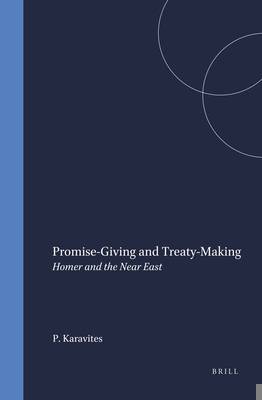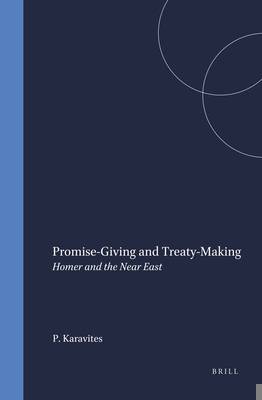
- Afhalen na 1 uur in een winkel met voorraad
- Gratis thuislevering in België vanaf € 30
- Ruim aanbod met 7 miljoen producten
- Afhalen na 1 uur in een winkel met voorraad
- Gratis thuislevering in België vanaf € 30
- Ruim aanbod met 7 miljoen producten
Zoeken
Omschrijving
This book challenges the current view of the Homeric epics that they reflect only the institutions and ideas of the Dark Ages, during which they were composed, telling us nothing about the Mycenaean Age preceding it. Comparing evidence from the Near East with the Homeric corpus, Peter Karavites argues that the epics actually contain much that harks back to the Mycenaean Age, and that the two eras may not be completely discontinuous after all.
Most contemporary scholars maintain that the mighty Mycenaean period was almost completely separated from the Dark Ages and that virtually no evidence of the former remains, with the exception of the archeological finds and the meager testimony of the Linear B tablets. However, the Near Eastern evidence about treaties and other forms of promising suggests that the Iliad and Odyssey may indeed provide historical pictures of the Mycenaean times featured in their narratives.
Most contemporary scholars maintain that the mighty Mycenaean period was almost completely separated from the Dark Ages and that virtually no evidence of the former remains, with the exception of the archeological finds and the meager testimony of the Linear B tablets. However, the Near Eastern evidence about treaties and other forms of promising suggests that the Iliad and Odyssey may indeed provide historical pictures of the Mycenaean times featured in their narratives.
Specificaties
Betrokkenen
- Auteur(s):
- Uitgeverij:
Inhoud
- Aantal bladzijden:
- 240
- Taal:
- Engels
- Reeks:
- Reeksnummer:
- nr. 119
Eigenschappen
- Productcode (EAN):
- 9789004095670
- Verschijningsdatum:
- 1/12/1991
- Uitvoering:
- Hardcover
- Formaat:
- Genaaid
- Afmetingen:
- 165 mm x 246 mm
- Gewicht:
- 580 g

Alleen bij Standaard Boekhandel
+ 534 punten op je klantenkaart van Standaard Boekhandel
Beoordelingen
We publiceren alleen reviews die voldoen aan de voorwaarden voor reviews. Bekijk onze voorwaarden voor reviews.











